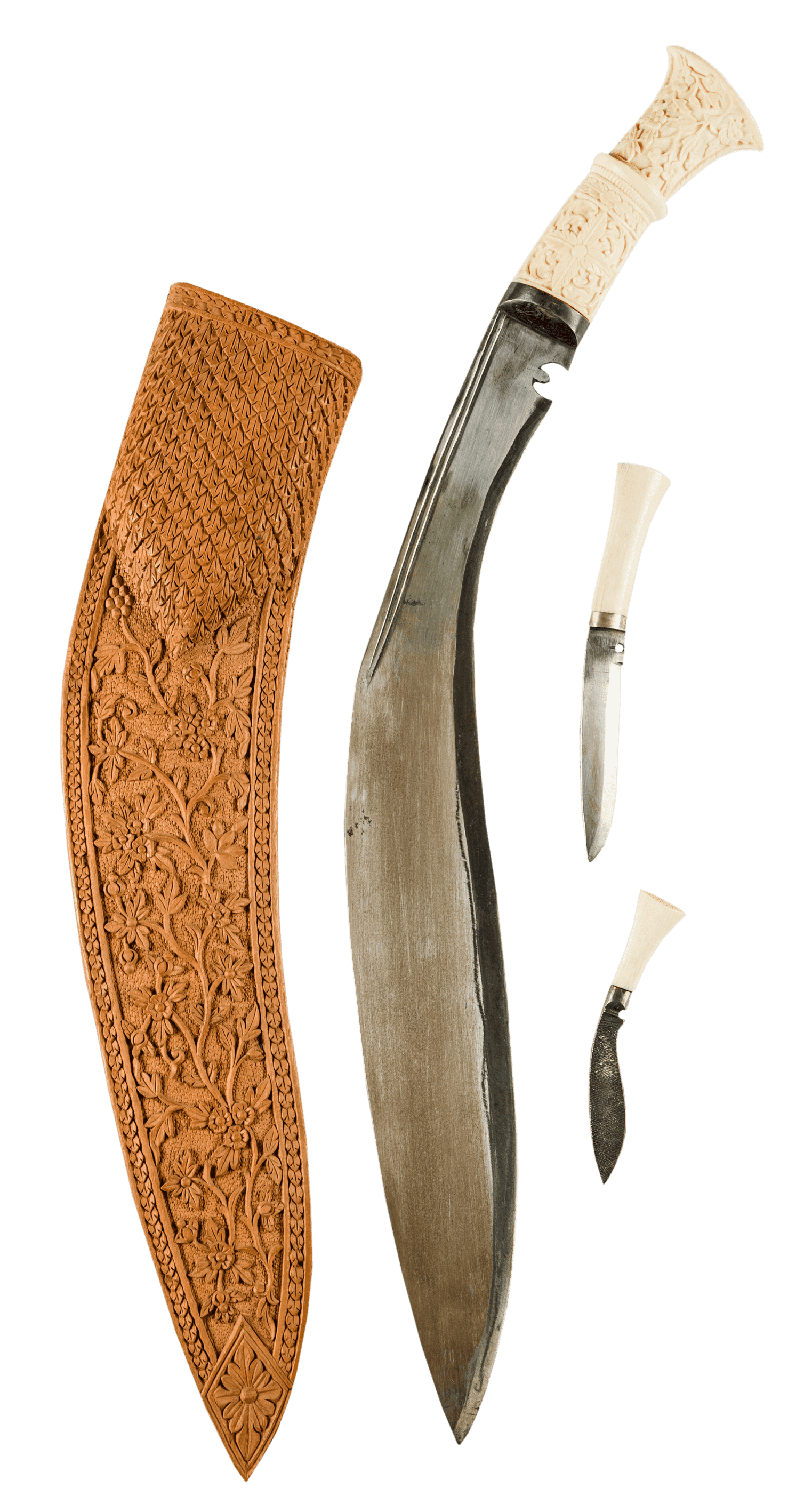The blade is made from the springs of decommissioned cars: it is sharpened at various angles and hardened in zones (the blade is softer at the butt than at the edge of the blade); the handle of the knife is carved from ivory. Each element of kukri has not only practical, but a symbolic meaning as well. For example, the fuller at the butt is called the “Shiva Sword”; it gives the knife the power of the god Shiva’s weapon. The rings on the handle ensure a good grip of a kukri by a wet hand and symbolize the levels of the universe. The blade with a variable sharpening angle gives maximum efficiency in chopping, cutting and stabbing strokes and symbolizes the Sun and the Moon, being the traditional symbols of Nepal. The recess on the blade near the handle is called cho, which usually means the Shiva’s trident, a symbol of the power of this god. Another form of cho is the “footprint of a cow”, a symbol of the goddess Kali. The practical aim of cho is to prevent formation of cracks and chips of the blade at the handle. The metal finial on the head of the handle symbolizes the all-seeing eye of God; in practical terms, it covers the tip of the blade shank. Wide wooden scabbard with floral ornaments have two compartments.
Kukri (khukri), khakma and karda.
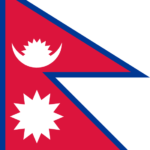 Nepal ,
9-10.06.1958
Nepal ,
9-10.06.1958
МЗСБ КП 7594/1-4 П 840-843
kukri: 59.5 x 6.5 x 3.9 cm; scabbard: 49.5 x 9.3 x 4.9 cm; card: 17.2 x 2.5 x 1.5 cm; hakma: 12.4 x 2.2 x 1.3cm
metal, bone, wood, forging, carving, assembly
Kukri (khukri), a Nepali combat knife with a scabbard, karda is a Nepali knife for small jobs, khakma is the crutch for kukri (khukri) and karda. A gift from Mahendra Bir Bikram Shah Dev, the King of Nepal, in memory of a visit to Stalingrad on 09 - 10.06.1958.
See also
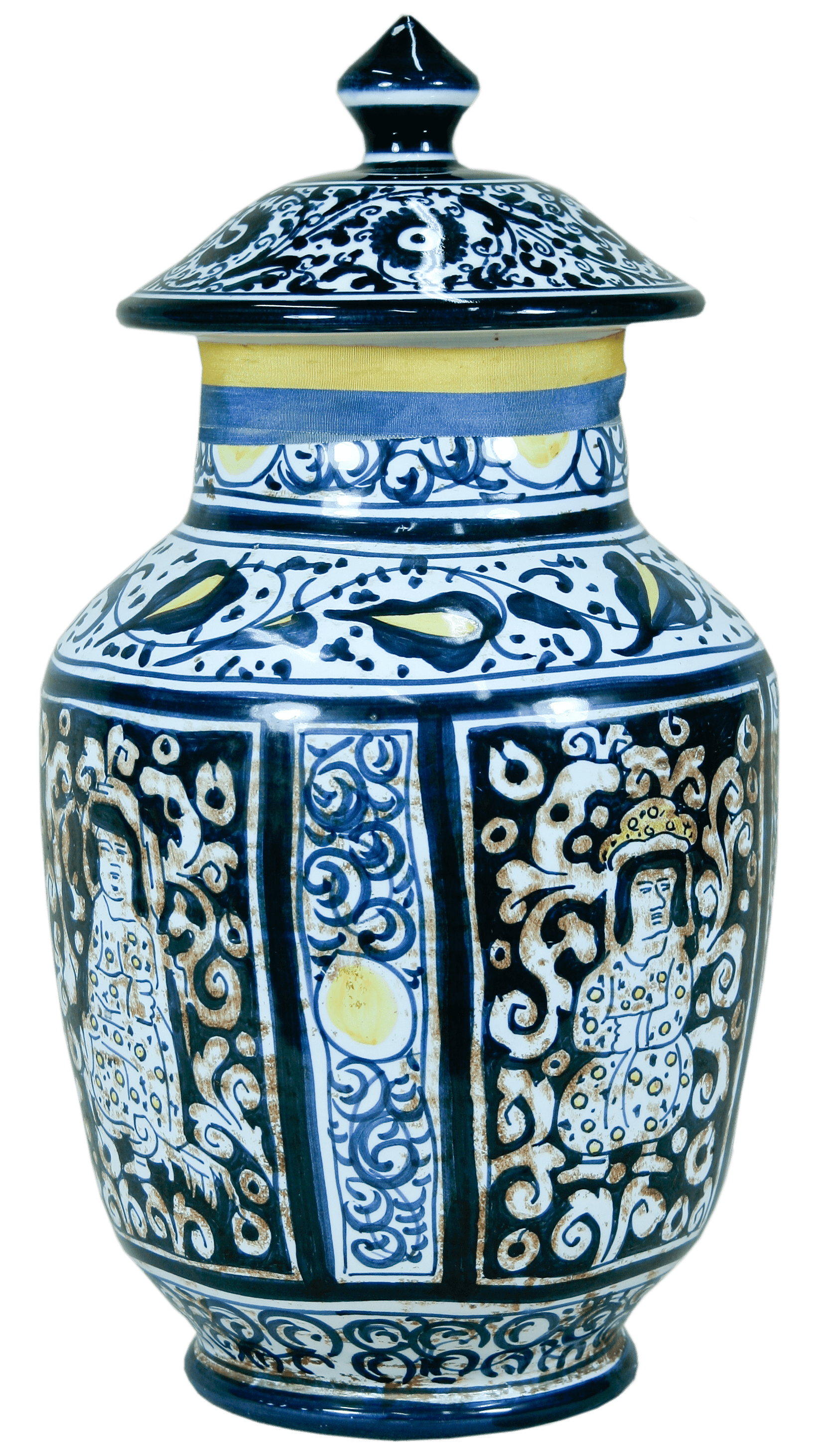
Earth from the place where the fighters of the Resistance movement were executed (in a vase with a lid)
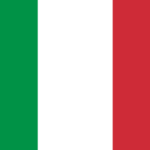 Italy ,
March 1964
Italy ,
March 1964
Earth from the place where the fighters of the Resistance movement were executed (in a vase with a lid)
A gift from the Turin mayor’s office to the Volgograd delegation during a visit to Turin, Piedmont region, Turin
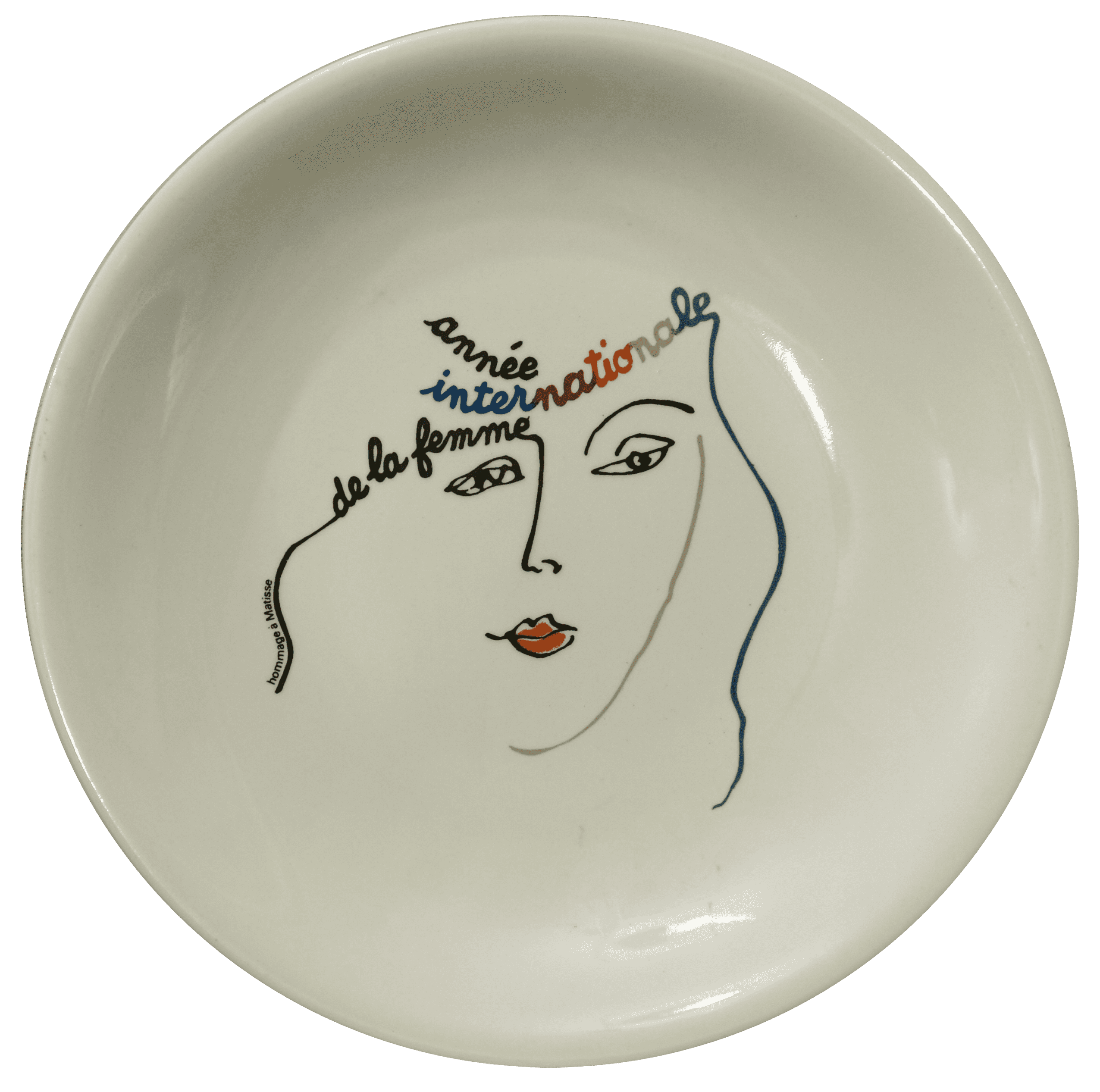
Decorative plate “International Year of Women”
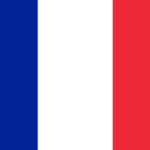 France ,
1975 год
France ,
1975 год
Decorative plate “International Year of Women”
Decorative plate "International Year of Women". A gift from the French delegation [1975]
A round white plate with a contour of a woman’s face painted in the Henri Matisse’s style, the text on the ribbon in colored letters reads: “Année internationale de la femme / hommage à Matisse” (International Women’s Year / A Dedication to Matisse). International Women’s Year was the name given to 1975 by the UNO.
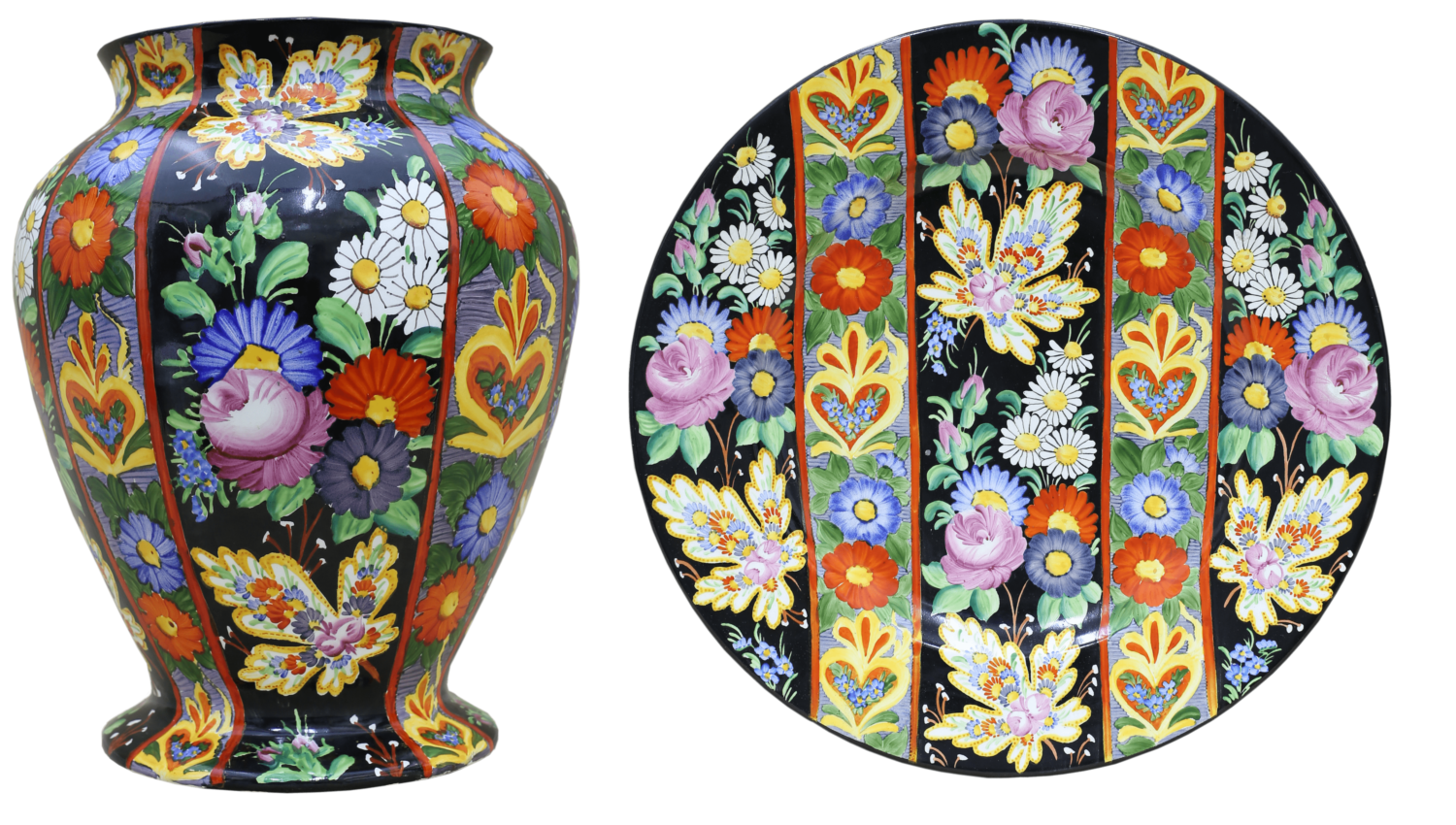
Vase and decorative dish
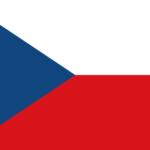 Czechoslovakia ,
1949
Czechoslovakia ,
1949
Vase and decorative dish
Vase and decorative dish. A gift to the Soviet collective farmers during the month of Czechoslovak-Soviet friendship, 1949. An imprint on the bottom of the ceramic vase: “119”. The bottom of the plate is decorated with a dedicatory inscription in black ink: “Sovětským kolchozníkům ke dnům Čsl. – SSSR přatelství zemědeice – Horsovotýnska”; the seal on the bottom of the plate (black imprint on the glaze): “Domažlice”.
